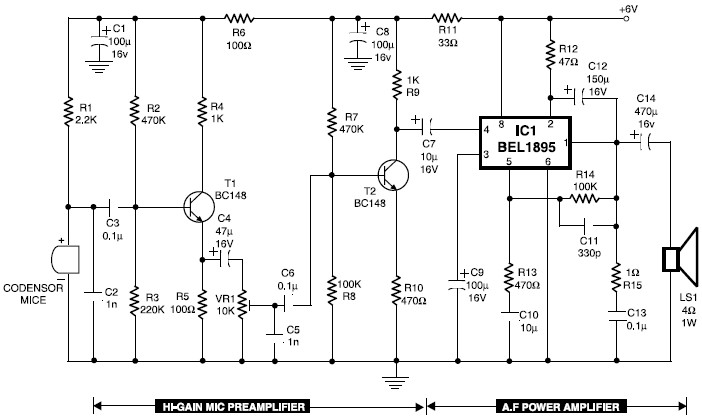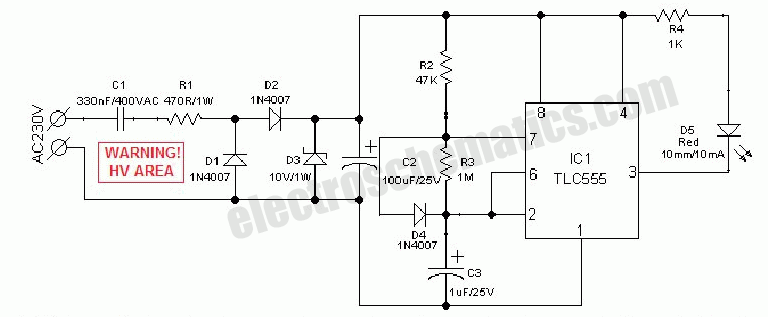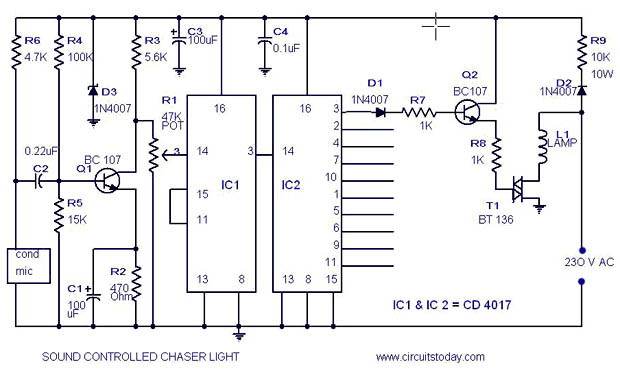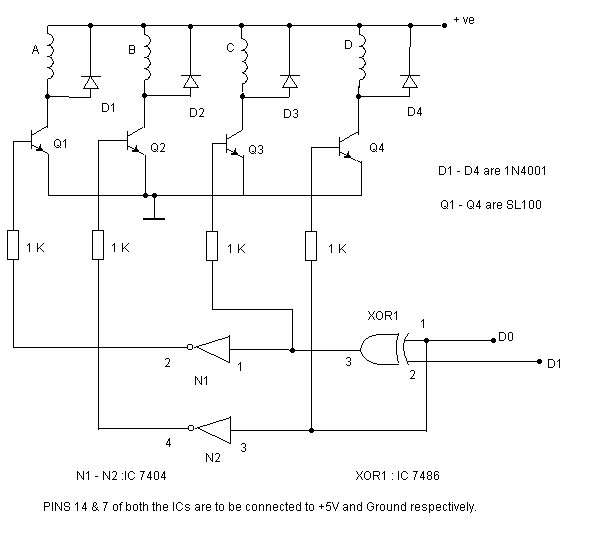
Electronics - circuit relay type answer
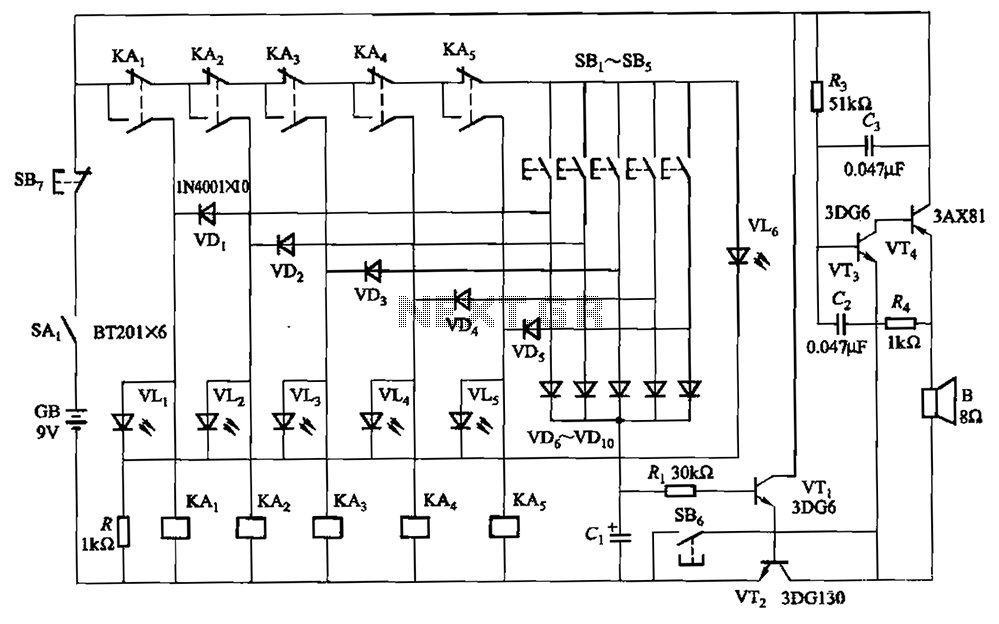
A relay-style circuit designed for a five electronic responder group. This circuit features self-locking capabilities, sound and light displays, time monitoring, and additional functions. The circuit includes a monitoring time button operated by the moderator. When this button is pressed, an audio circuit announces that the time to stop writing has arrived. The SB7 button serves the purpose of signaling when a question has been answered or when the time to respond has elapsed; the host briefly presses this button to reset the circuit.
The relay-style five electronic responder group circuit is engineered to facilitate interactive sessions where participants respond to questions. The core of the circuit consists of five responder units, each equipped with a relay that activates upon receiving a signal. This setup allows for simultaneous participation from multiple users, enhancing the engagement of the event.
The self-locking feature ensures that once a participant has activated their responder, it remains engaged until it is intentionally reset, preventing accidental multiple submissions. The sound and light display serves as an effective means of communication, providing visual and auditory cues to participants regarding the status of their responses.
The monitoring time button, operated by the moderator, plays a crucial role in managing the flow of the session. When activated, an audio announcement is made, clearly indicating to all participants that the time for submitting responses is over. This feature is vital in maintaining order and ensuring that all participants adhere to the time constraints.
The SB7 button is strategically integrated into the circuit to allow the host to manage the session effectively. When a question has been thoroughly answered or when the time limit has been reached, the host can press this button to reset the circuit. This action prepares the system for the next question or round, ensuring a seamless transition and maintaining engagement throughout the session.
Overall, the design of this relay-style responder circuit is aimed at enhancing interactive experiences, providing clear communication, and ensuring effective time management during events. The combination of self-locking mechanisms, audio cues, and host control buttons contributes to a well-organized and efficient response system.A relay-style five electronic Responder Responder group circuit. The circuit has a self-locking, sound and light display, monitor time and other functions. Large ones may be in creased. Drawing, buttons SBe is monitoring time button by the moderator master. Press this button, audio circuit voice, told Time has come to stop writing ; button SB7 role is when the question answered, or because of the time to stop to answer, the host press the button briefly, the circuit recovery.
The relay-style five electronic responder group circuit is engineered to facilitate interactive sessions where participants respond to questions. The core of the circuit consists of five responder units, each equipped with a relay that activates upon receiving a signal. This setup allows for simultaneous participation from multiple users, enhancing the engagement of the event.
The self-locking feature ensures that once a participant has activated their responder, it remains engaged until it is intentionally reset, preventing accidental multiple submissions. The sound and light display serves as an effective means of communication, providing visual and auditory cues to participants regarding the status of their responses.
The monitoring time button, operated by the moderator, plays a crucial role in managing the flow of the session. When activated, an audio announcement is made, clearly indicating to all participants that the time for submitting responses is over. This feature is vital in maintaining order and ensuring that all participants adhere to the time constraints.
The SB7 button is strategically integrated into the circuit to allow the host to manage the session effectively. When a question has been thoroughly answered or when the time limit has been reached, the host can press this button to reset the circuit. This action prepares the system for the next question or round, ensuring a seamless transition and maintaining engagement throughout the session.
Overall, the design of this relay-style responder circuit is aimed at enhancing interactive experiences, providing clear communication, and ensuring effective time management during events. The combination of self-locking mechanisms, audio cues, and host control buttons contributes to a well-organized and efficient response system.A relay-style five electronic Responder Responder group circuit. The circuit has a self-locking, sound and light display, monitor time and other functions. Large ones may be in creased. Drawing, buttons SBe is monitoring time button by the moderator master. Press this button, audio circuit voice, told Time has come to stop writing ; button SB7 role is when the question answered, or because of the time to stop to answer, the host press the button briefly, the circuit recovery.

